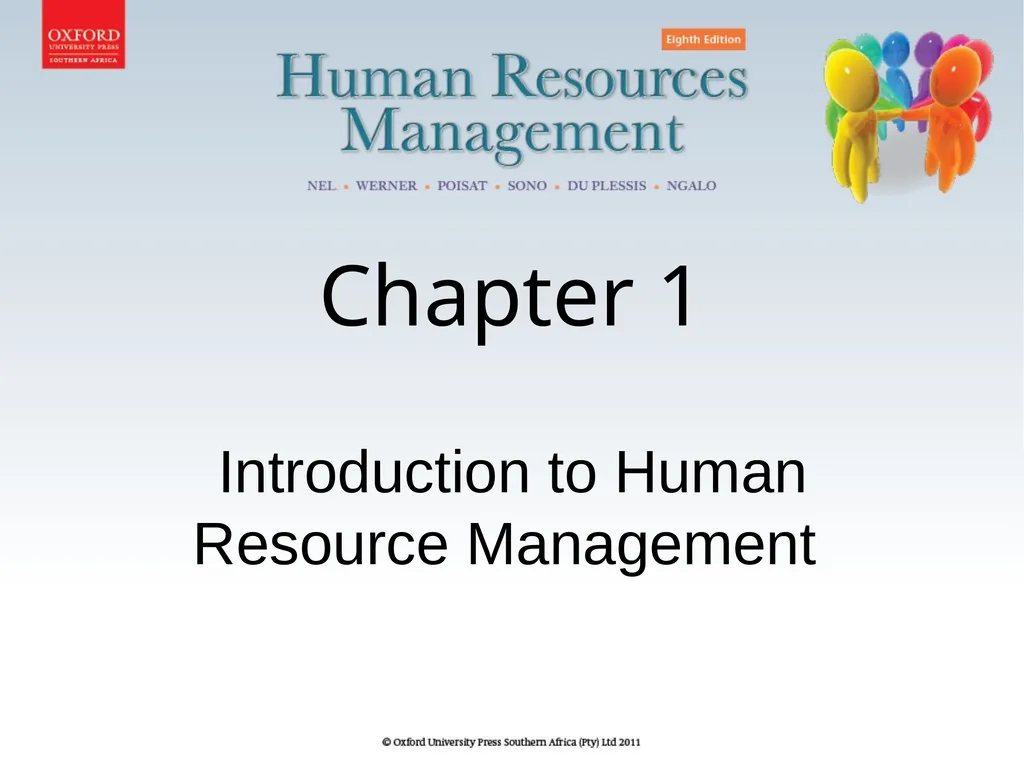
Chapter 1 Introduction to Human Resource
Author: giovanna-bartolotta | Published: 2025-05-28
Description: Chapter 1 Introduction to Human Resource Management Chapter contents Opening case:Employee affiliations at Eastern Computing (Pty) Ltd. Introduction The point of departure: Demarcating the field of study Redefining human resources
Download Presentation
Download the PPT/PDF: Download
Transcript:
Loading transcript…